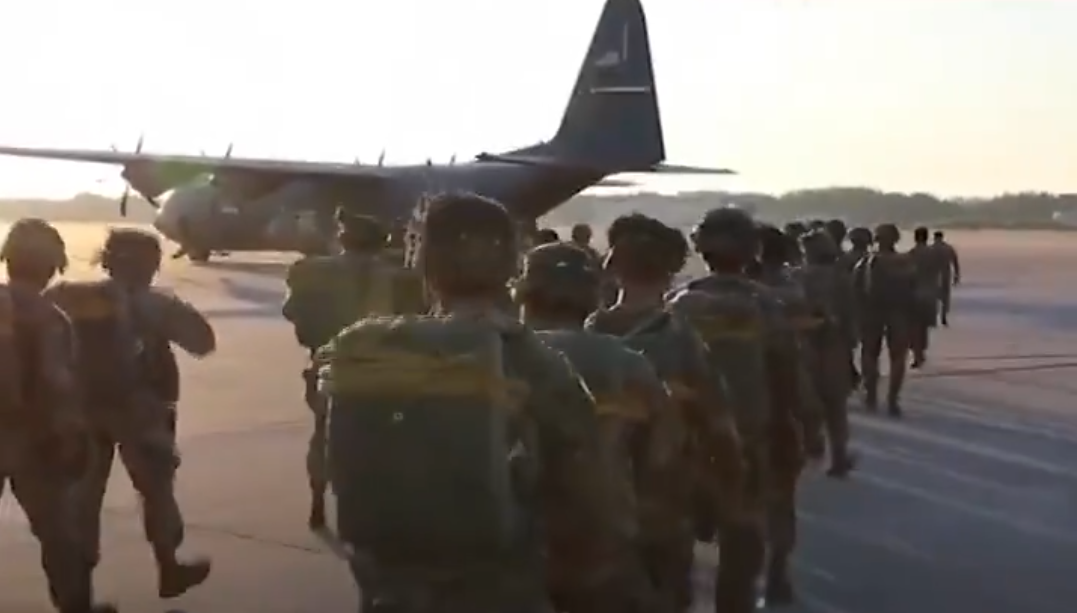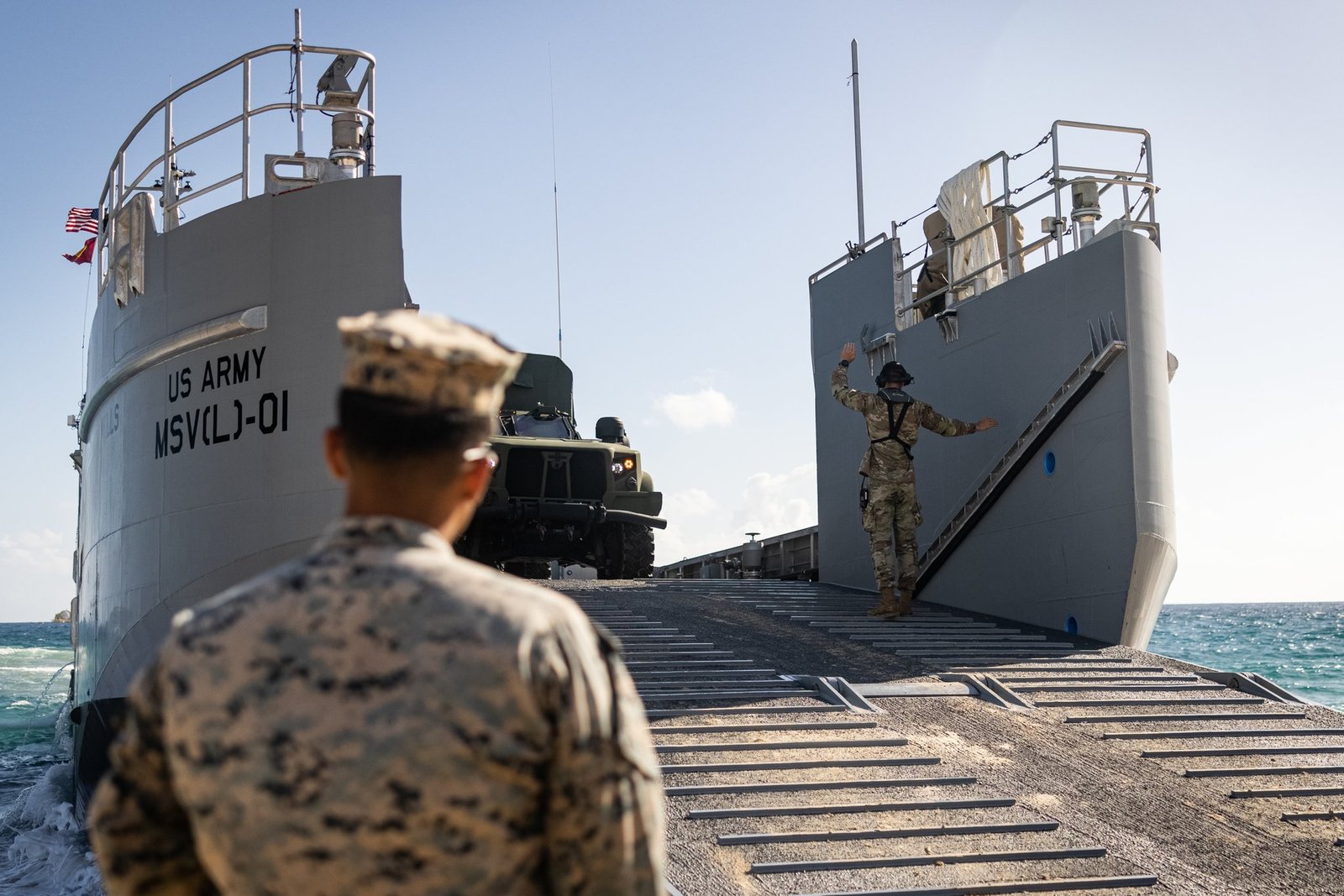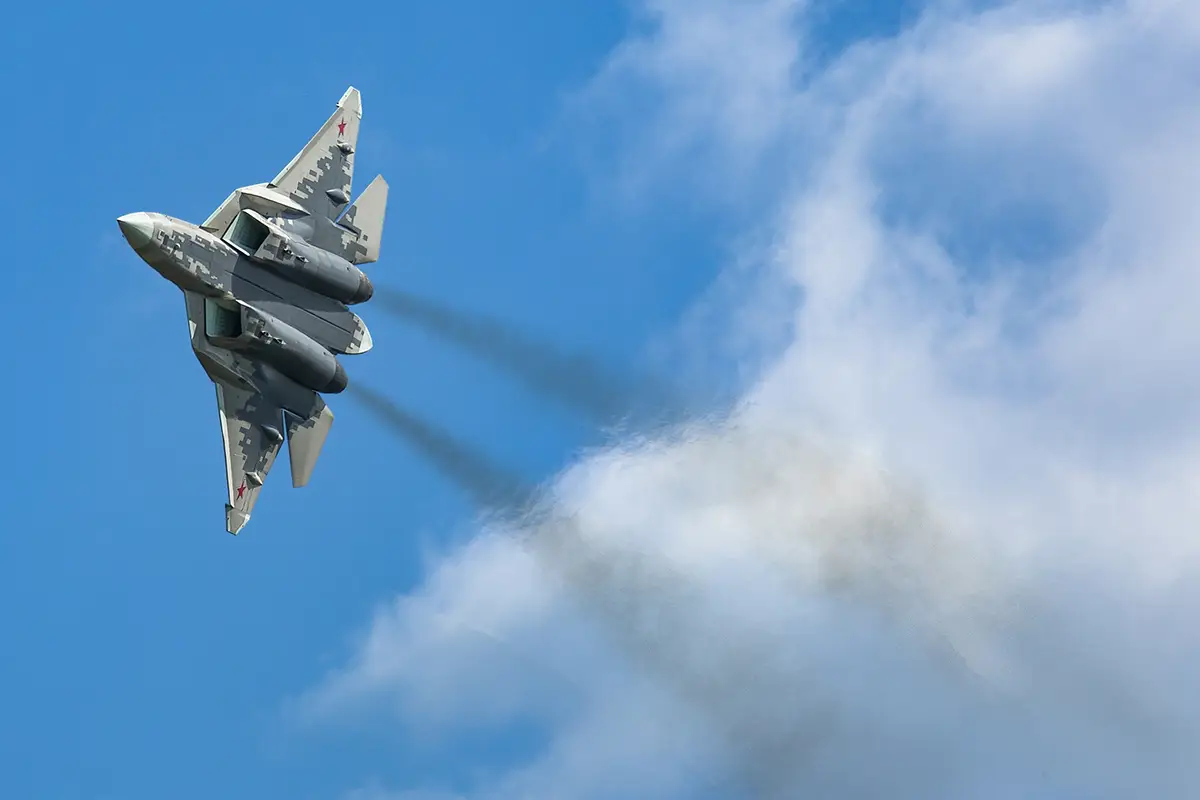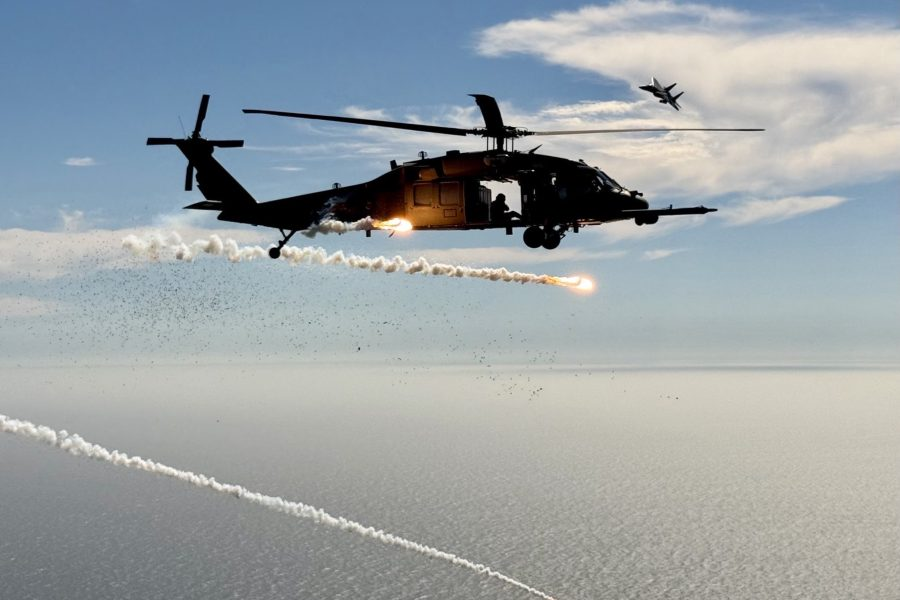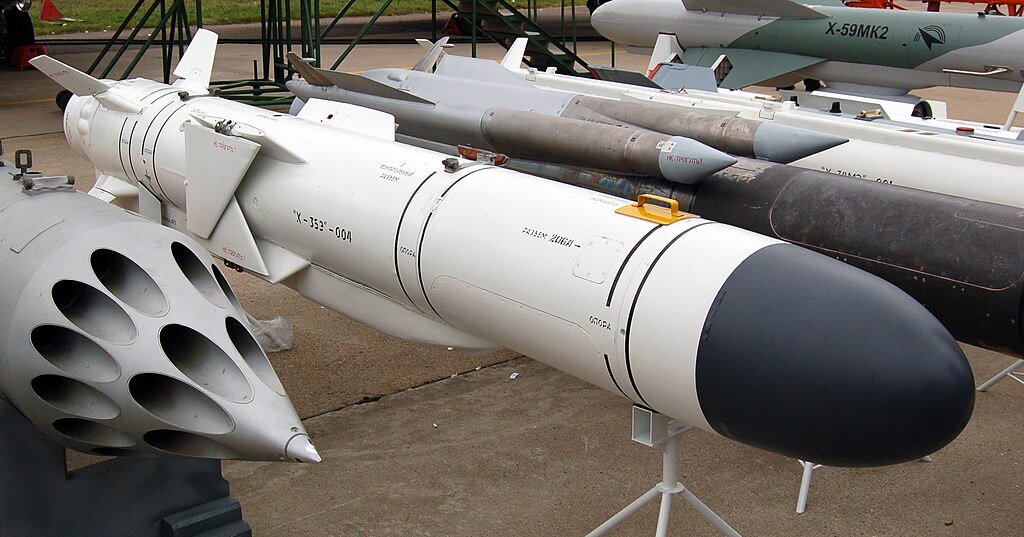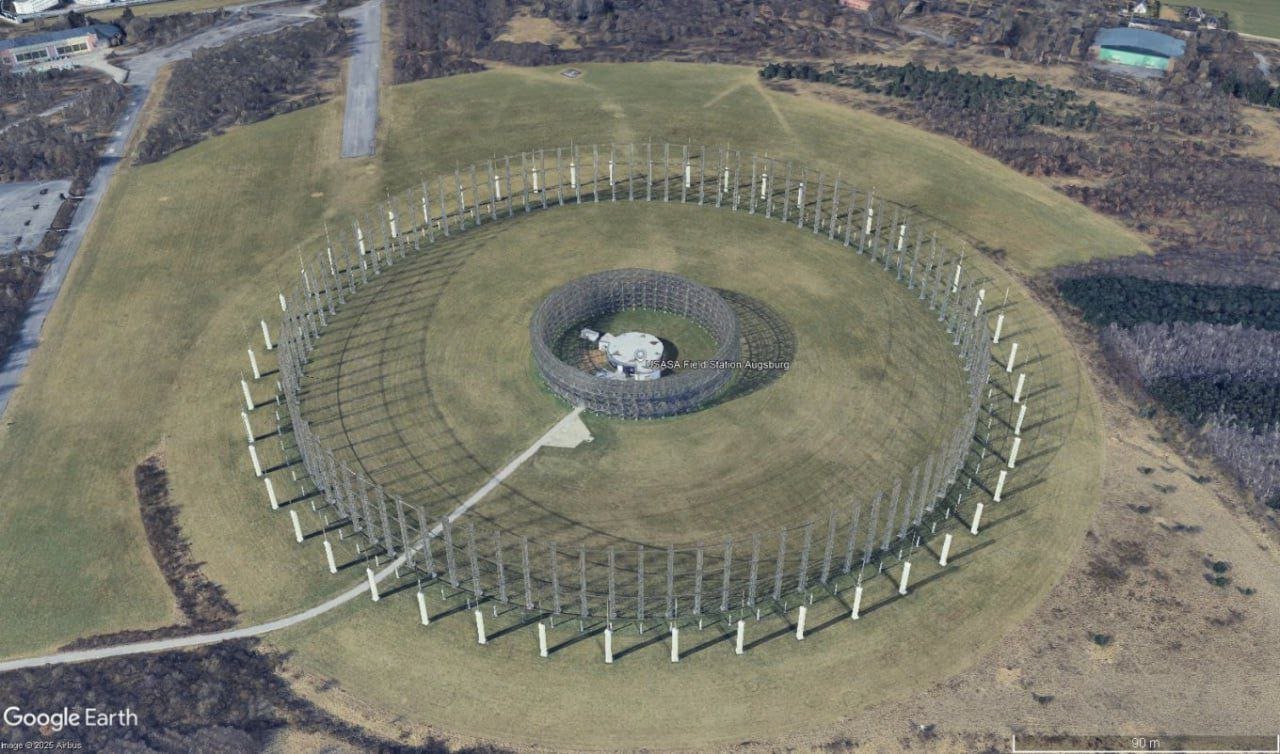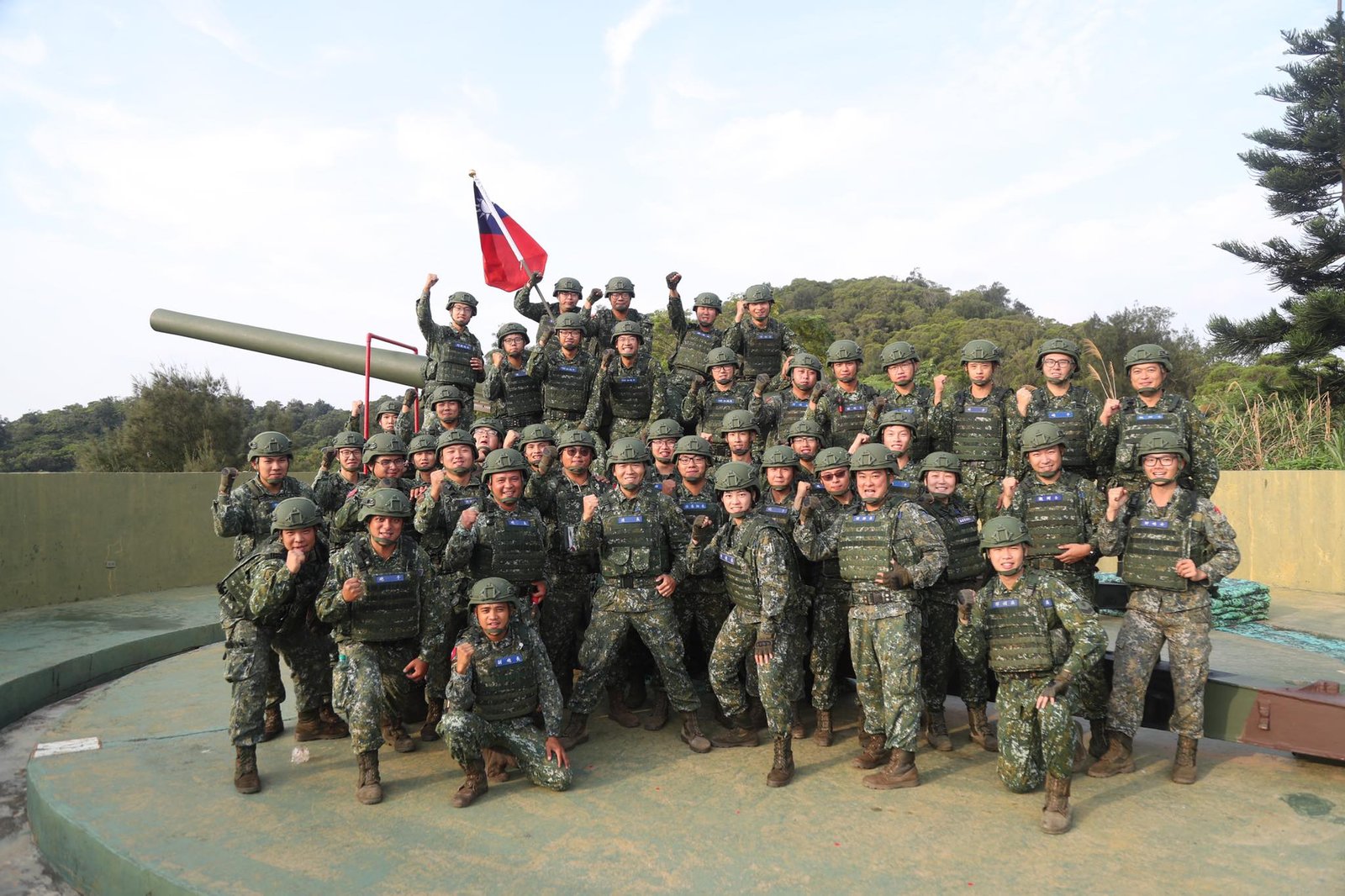
What do the Taiwanese armed forces really have?
The island nation of Taiwan, officially known as the Republic of China, has found itself at the center of a strategic rivalry between the United States and the People’s Republic of China in recent years. With Beijing’s repeated declarations of its desire to unify Taiwan with mainland China by force, there is growing interest in the true state of the democratic player in the Western Pacific. Despite the fact that Taiwan’s armed forces have long faced difficult conditions in terms of political isolation and technological dependence, the question of what military power Taiwan can actually deploy in the event of a conflict remains surprisingly often a matter of speculation rather than factual analysis.
Structure and strength of the armed forces
The armed forces of the Republic of China (Republic of China Armed Forces) are organized into three main components: the ROC Army, the ROC Air Force, and the ROC Navy, supplemented by a fourth separate entity, the Cyber Defense and Electronic Warfare Command. In peacetime, the regular forces number approximately 169,000 soldiers, of whom about 88,000 are in the army, 36,000 in the air force, and 34,000 in the navy. In addition, there are approximately 1.66 million reservists, only a portion of whom are subject to active training and rotations. The command structure is centralized and subordinate to the National Security Council (NSC), with the President of the Republic remaining the commander-in-chief.
The individual branches of the armed forces are divided into specific operational areas, the key objective of which is to maintain control over strategically important areas – primarily the northern region with the capital Taipei, the central belt with key infrastructure, and the southeastern areas with access to possible landing routes. The military has three active army corps and several brigades spread across the island. The navy has its main bases in Zuoying and Tsoying, while the air force operates from several scattered bases, including Chiayi, Hualien, and Taoyuan. In the event of a crisis, it is planned to use backup and camouflaged airfields, as well as using road sections as makeshift runways. Despite its gradual shortening and reforms, military service remains an integral part of Taiwan’s defense strategy. Until 2018, compulsory service lasted 12 months, but was shortened to only 4 months, which drew sharp criticism from experts given the growing threat. However, in December 2022, President Tsai Ing-wen announced that the service period would be increased again to one year, effective from 2024. This is accompanied by increased investment in the professionalization of instructors, the expansion of reserve exercises, and the introduction of new simulation training systems. Despite these steps, the question remains whether years of neglected training and personnel under-dimensioning can be quickly overcome, especially in specialized areas such as cyber units or air defense.
Technical equipment and capabilities
The Taiwanese Air Force is one of the most closely watched branches of the armed forces. It has approximately 288 combat aircraft, of which the most modern equipment is 141 F-16A/B Fighting Falcons, which are undergoing extensive modernization to the F-16V standard with improved avionics, AESA radars, and the ability to integrate new weapons. These are joined by the domestic AIDC F-CK-1 Ching-Kuo type (around 103 units) and approximately 55 older Mirage 2000-5 purchased from France. In addition to combat aircraft, the air force also has upgraded E-2K Hawkeye early warning aircraft, AT-3 light trainers and new Teng Yun unmanned aerial vehicles for strategic reconnaissance missions. As part of the air defense modernization, new AN/TPS-77 radars were deployed after 2019, which expanded the coverage of low-altitude targets and improved interoperability with American systems.
The Taiwanese Navy has approximately 26 main combat ships, with its backbone consisting of four Kidd-class destroyers and eight Cheng Kung-class frigates (Oliver Hazard Perry type license), supplemented by six modern Tuo Chiang-class stealth corvettes. It also has two diesel-electric submarines (one of which is from the 1940s and is used only for training) and plans to introduce the first of a new class of domestic attack submarines under the “Hai Kun” project. The navy also has several landing ships, minesweepers and fast boats with anti-ship weapons, with the emphasis on protecting sea lanes, defending ports and disrupting Chinese landing forces. However, the low number of modern submarines and the relative vulnerability of the navy in the event of a possible blockade of the island remain a fundamental limitation.
The ground forces operate with a combination of outdated and modernized systems. The armament consists mainly of approximately 480 CM11/CM12 tanks (a combination of American M60 and M48 with electronics from the M1A1), supplemented by several dozen M60A3. In 2019, the first batch of 108 modern M1A2T Abrams tanks was ordered, the deliveries of which will begin in 2024. In the field of artillery, the armed forces have towed and self-propelled howitzers (M109A6 Paladin, M114), mortars and precision missile systems, among which the HIMARS with a range of up to 300 km stands out. Air defense plays a crucial role in the defense of the island: in addition to older systems (Skyguard, Hawk), Taiwan has modernized domestically produced Sky Bow III systems and American Patriot PAC-3 batteries deployed around key infrastructure. The use of these assets depends on the ability to survive in the first days of a possible attack and on coordination with air and naval forces.
Realistic assessment of combat capability against the PRC
Taiwan faces an asymmetric security dilemma: its armed forces must prepare for the possibility of invasion by one of the largest armies in the world, while operating in a limited territory, with limited human and material resources, and with uncertain guarantees of international support. The People’s Liberation Army of China has more than twenty mechanized brigades within a radius of 400 km from the island, hundreds of ballistic missiles capable of hitting key infrastructure points in the first hours of the conflict, and unprecedented superiority in the air and sea. According to the US Department of Defense, the PLA has the capacity to initiate a large-scale blockade and prepare an amphibious invasion within two weeks, although the conquest of the island itself would require an extremely difficult and risky operation with high casualties.
Despite this disparity, Taiwan’s combat capability cannot be assessed in quantitative terms alone. The key to its defense is its ability to survive the initial phase of an attack, destroy critical Chinese invasion assets, and maintain military-political balance until the United States or other partners can enter the conflict. In this regard, asymmetric capabilities – from mobile missile systems to drones to camouflaged command posts – are absolutely essential. The growing moral preparedness of society is also a significant improvement: after the Russian invasion of Ukraine, support for extending conscription and civil defense increased, new training programs for volunteers were created, and a system of passive infrastructure defense began to take shape (e.g., hardening power plants and tunnel ammunition depots).
Overall, it can be stated that Taiwan is not currently prepared to fully repel a total invasion without external assistance, but its ability to inflict extreme losses on an attacker has improved significantly since 2016. The “unacceptable price” factor is the most important element of strategic deterrence: successful defense is not necessarily based on victory in all domains, but on the ability to survive the first strike, complicate subsequent phases of the invasion, and maintain a sufficiently long time horizon for the arrival of foreign assistance. Maintaining this ability over time remains a challenge, as the PLA continues to increase its capabilities and improve its logistics, cyber, and information warfare. Taiwan thus faces constant pressure not only to modernize its technology, but also to reshape its defense culture and strategic communication in conditions of high uncertainty and constant Chinese hybrid activity.
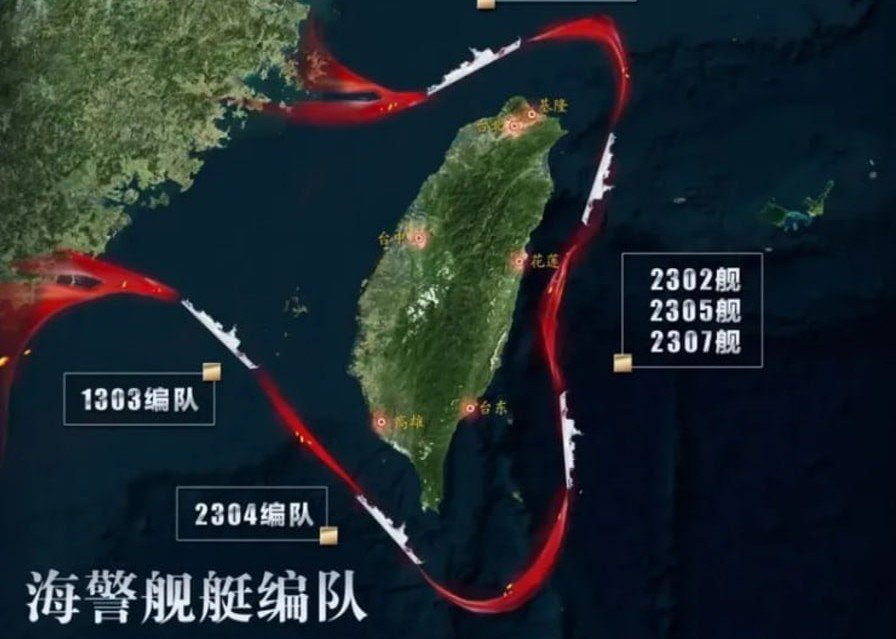


Martin Scholz

